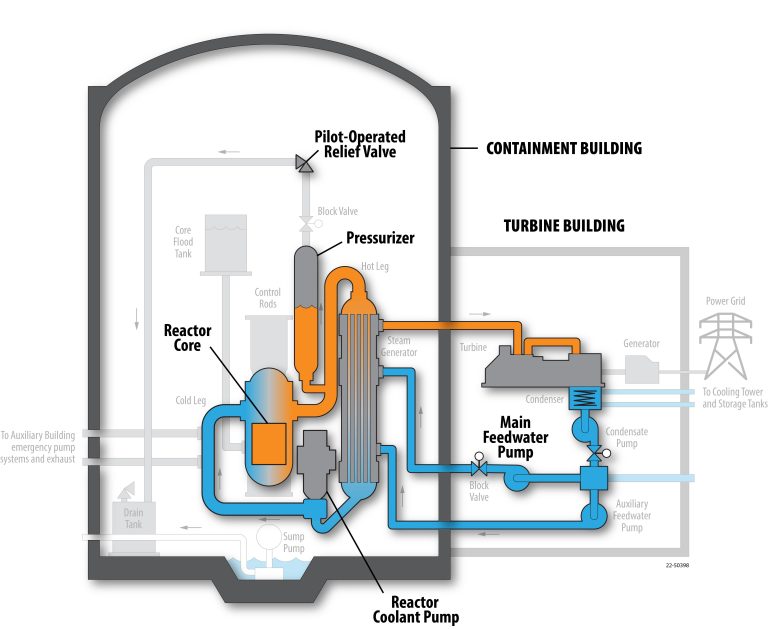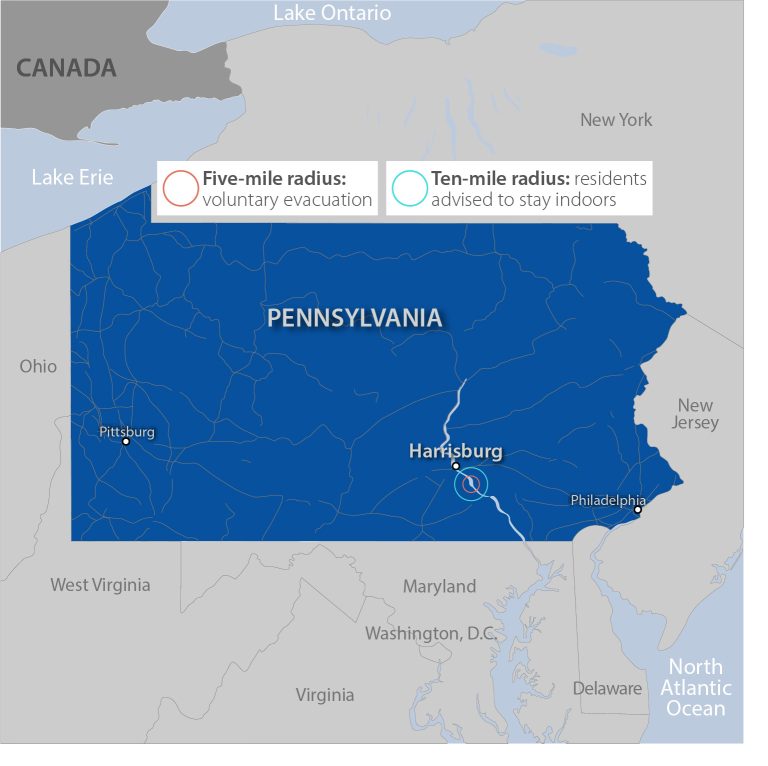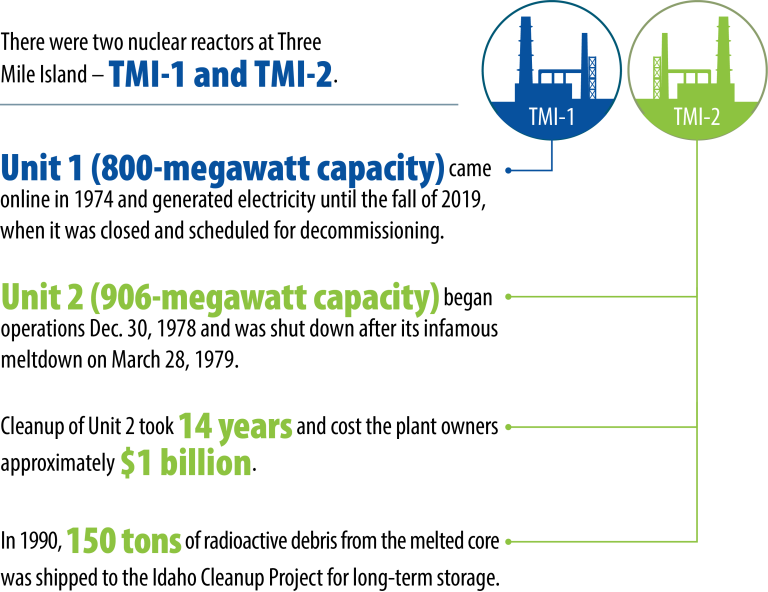Three Mile Island
Docuseries
Could it happen today? Viewers who watched the Netflix miniseries about the 1979 partial meltdown at Pennsylvania’s Three Mile Island nuclear plant might be asking that question.
The line between fact and fiction is often blurred when historical events are dramatized. Idaho National Laboratory (INL), the nation’s nuclear energy research laboratory, employs numerous experts with extensive knowledge of what happened, why and what the industry learned. In fact, the laboratory played a role in the analysis of what happened within the damaged reactor’s core.
To answer questions raised by “Meltdown: Three Mile Island,” a four-part docuseries that debuted May 4, INL is compiling resources to help answer the public’s questions about the facts surrounding the event, nuclear safety and radiation. Information will be added here as it becomes available.
Just the Facts: Three Mile Island Q&A with Experts
WHAT HAPPENED AT THREE MILE ISLAND?
The Three Mile Island nuclear plant had two pressurized light-water reactors. On March 28, 1979, a cooling malfunction caused part of the core to melt in Reactor 2. Some radioactive gas was released but not enough to cause adverse health effects, as noted in numerous health studies. Reactor 2 was destroyed. The accident prompted additional safety measures and rigorous testing programs. America’s nuclear power plants are safer now than ever because of the lessons learned.


WHAT WERE THE HEALTH EFFECTS OF THREE MILE ISLAND?
Numerous independent experts studied the health impact of the Three Mile Island accident on the population and the environment. Eight studies over the following decade by the Pennsylvania Department of Health found no evidence of increased infant mortality, cancer rates or cancer mortality among those living near or downwind of the plant. Researchers from the National Cancer Institute, the National Institutes of Health and numerous universities reached similar conclusions.

DID INL HAVE A ROLE IN THE AFTERMATH OF THREE MILE ISLAND?
Idaho scientists, engineers, technicians and craftsmen were deeply involved in the event’s analysis due to the national lab’s recognized expertise in nuclear accident analysis and recovery, and its facilities for performing severe accident tests. Within days, U.S. Department of Energy (DOE) and Idaho National Engineering Laboratory (today’s INL) experts arrived at the plant to help assess the accident. This group formed the basis of the Three Mile Island Technical Integration Office in Pennsylvania, which became DOE’s focal point for learning from the accident.
At the peak of the Technical Integration Office’s activity, 49 employees from the Idaho lab staffed it, providing technical advice and assisting in various activities. These included entry into the containment building for inspections, visual inspections inside the reactor vessel, sample retrieval from the damaged reactor vessel core, and support of many of the projects associated with eventual removal of the damaged spent fuel and core debris. Scores more worked at DOE’s Idaho site in support of the work.

WHAT HAS CHANGED SINCE THREE MILE ISLAND?
After the Three Mile Island accident, the nuclear industry formed the Institute of Nuclear Power Operations (INPO). Its mission is to promote the highest levels of safety and reliability in the operation of nuclear power plants. In 1985, INPO formed the National Academy for Nuclear Training, which reviews and accredits training programs at nuclear power plants.
Federal regulators confirm there has been steady improvement in plant performance in the four decades since the Three Mile Island accident.
Public communications also improved due to the events at Three Mile Island. Today, communication is a key element in all emergency management planning, especially at nuclear energy facilities.


